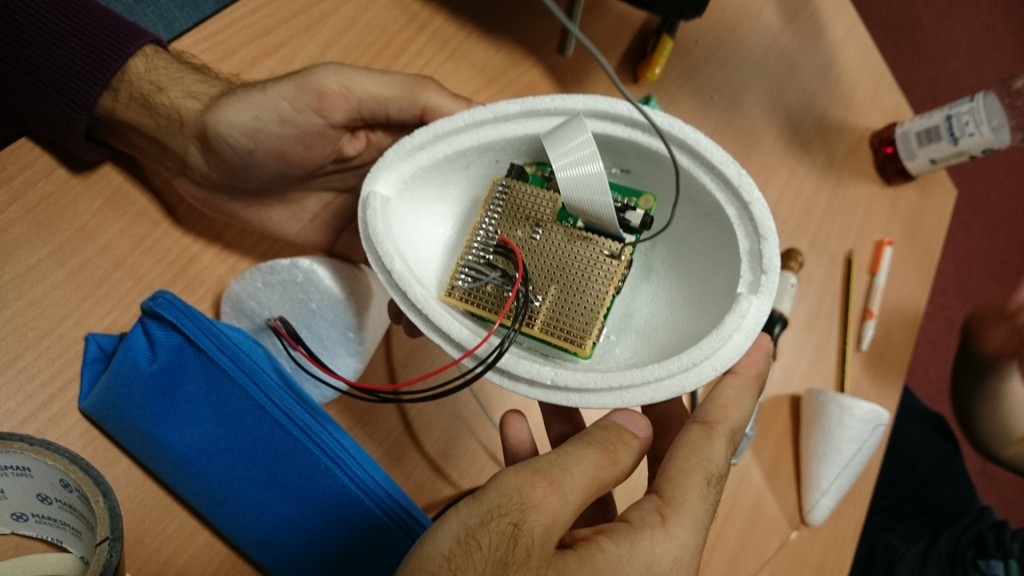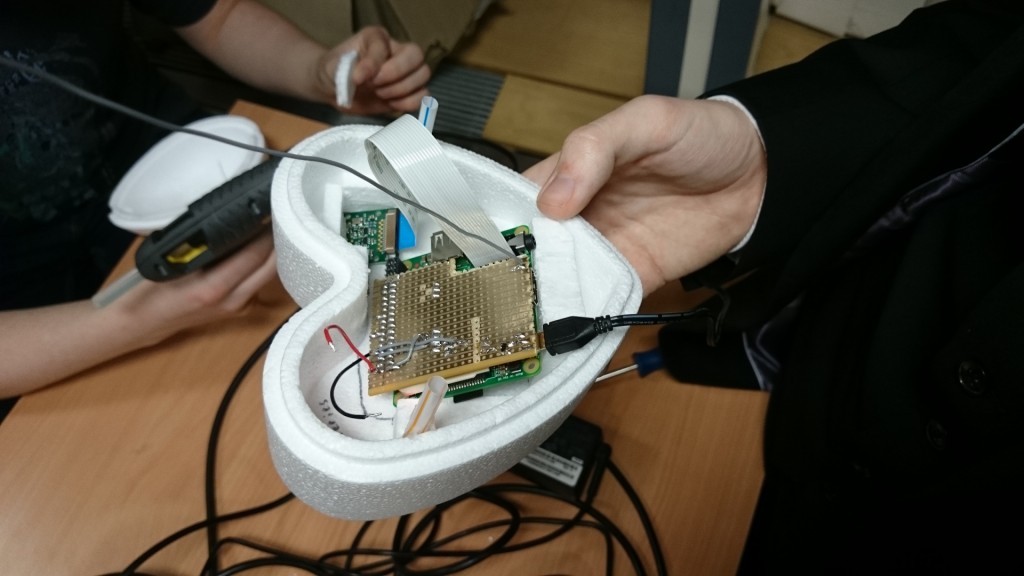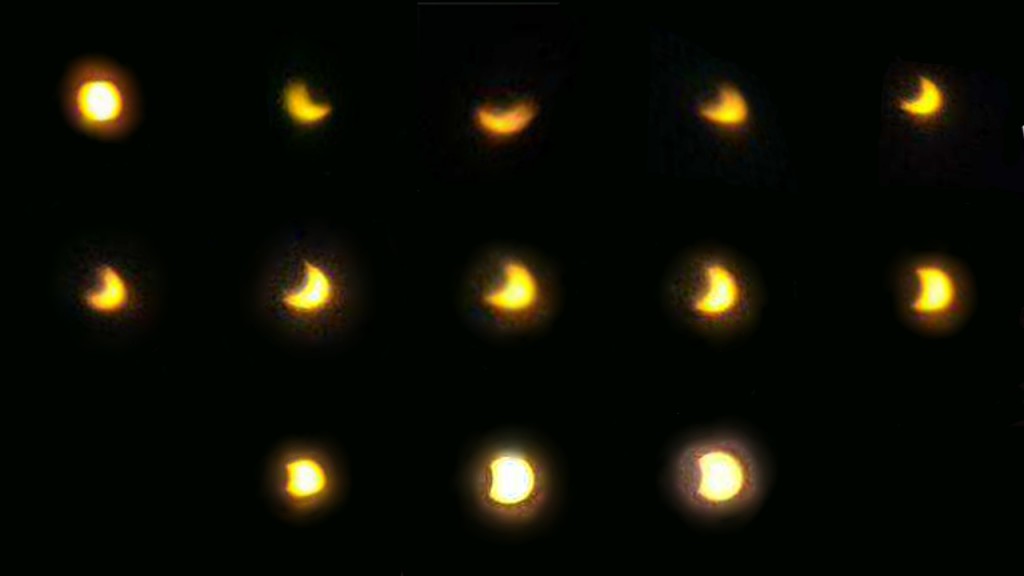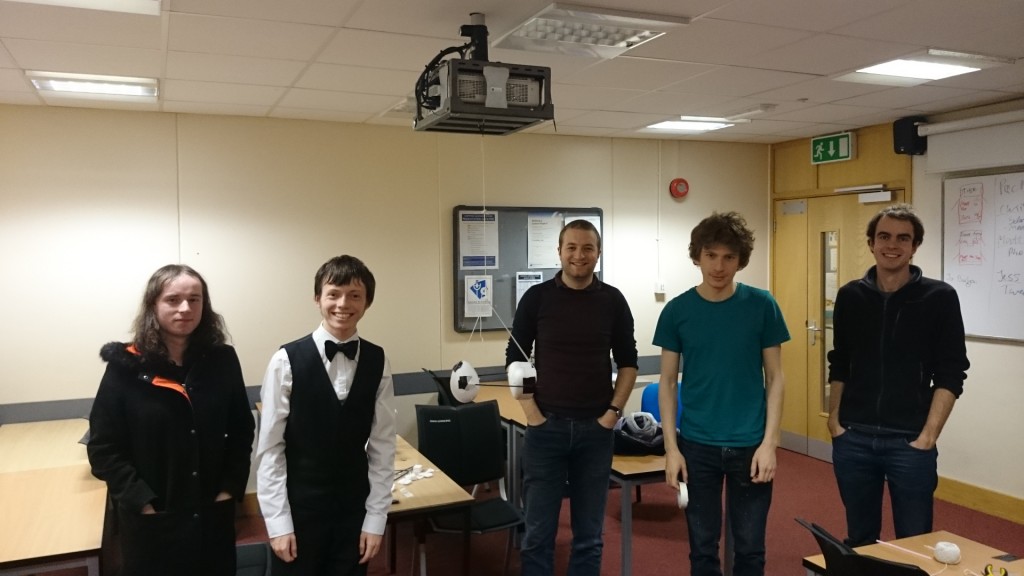Eclipse Balloon Launch


It was an early start for our team as the first car set off from the University of Southampton at 4.30am. The first group, containing Chris Frohmaier, Jo Barzycki & Matt Brejza, arrived at the Pepperbox hill launch site (just south of Salisbury) for 5am to begin the preparation of the payloads. The second group, containing Phil Crump, Sophia Maria, Matthew Brown, Alex Lay & Jessica Korzeniowksa, arrived half an hour later with the remainder of the equipment.
We wanted to launch the balloon so our maximum altitude coincided with the peak of the eclipse, unfortunately a strict NOTAM limited us to launching no later than 7am and so we had to under fill the balloon to reduce its ascent rate, giving us a longer flight time. Previous launches made us extremely efficient so we were ready to launch by 6:45, allowing us to launch at exactly 30 seconds before the deadline.

We had two payloads each comprised of a raspberry pi and pi camera, joined together to reduce the problem of spinning we had during the previous day’s last minute tests. Our primary payload was Olaf, which had a Mylar filter and was pointing slightly up to capture the eclipse. The second payload was Majora, with no filter and pointing down to capture the shadow of the moon on top of the clouds.
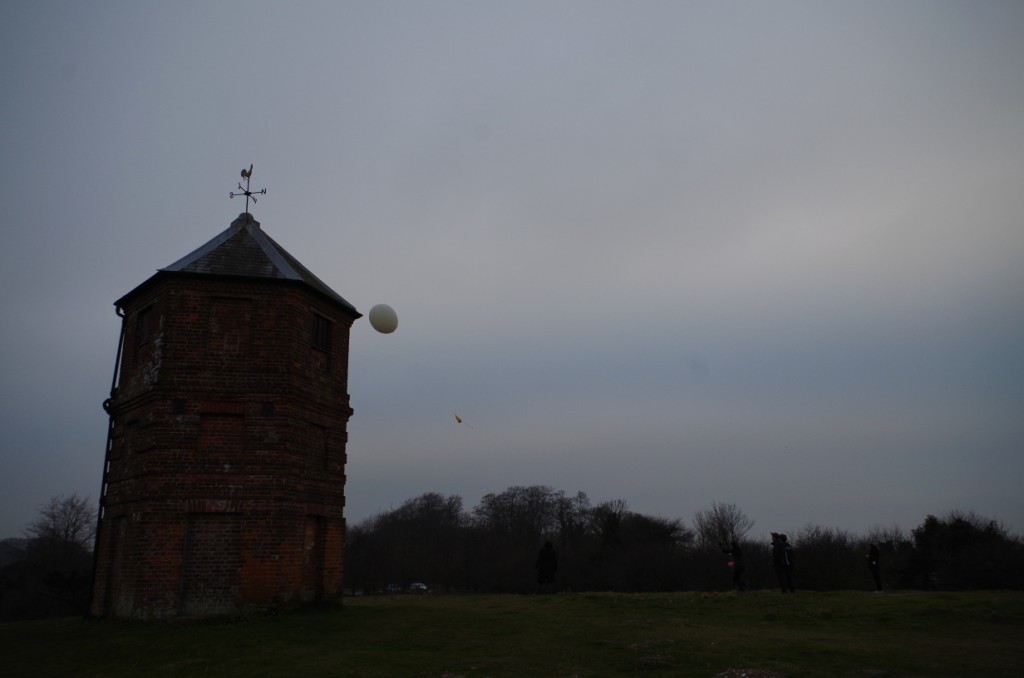
Unfortunately the payloads still spun, leading to the majority of our images from Olaf being streaks for the first half of the flight. Even worse, Majora stopped transmitting data around 80 minutes into the flight, instead only transmitting a single, uncontrolled tone. We believe it was a software crash but it may still have been saving images to its micro SD card.
As the maximum eclipse approached, Olaf begun to spin less and started sending back much better images, much to the excitement of the team. After 3 hours and 20 minutes, the balloon reached its maximum altitude of 34,369m, burst, and began to spin again on its descent, finally landing in the ocean just north of Cherbourg, France.
We hope the payload will wash up on a beach or a boat spots it and sends it back to us, allowing us to determine what went wrong with Majora, and get the unprocessed images off of the micro SD cards.
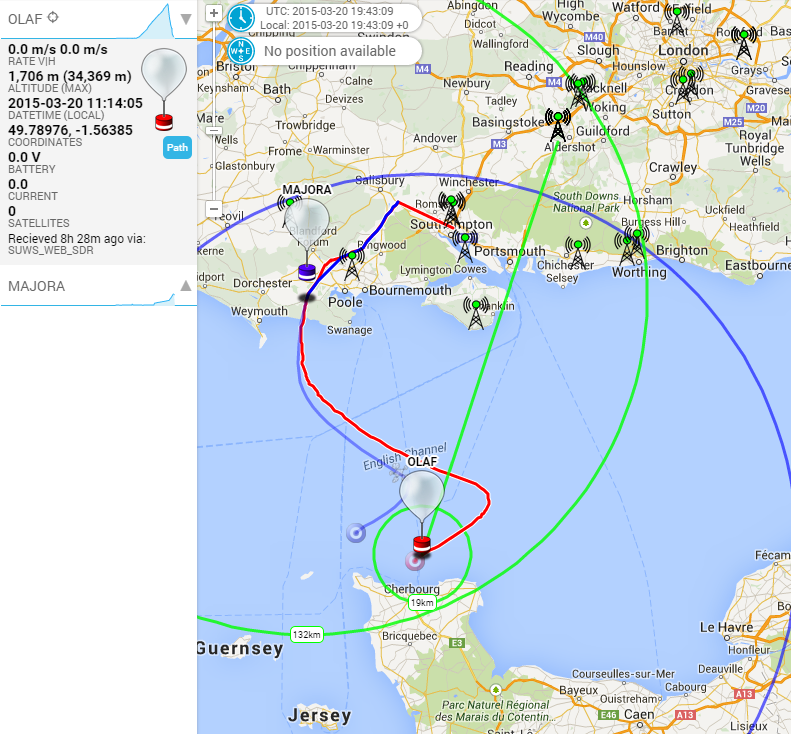
Our Results
You can view all the raw images taken at http://ssdv.habhub.org/OLAF and http://ssdv.habhub.org/MAJORA, and the ground launch photos on our flickr album.

See the balloon’s flight path at http://tracker.habhub.org/ (not up much longer, screenshot below)
Or if you want to help find the balloon (currently in the sea north of Cherbourg, France), you can follow this guide, with transmissions as follows:
‘OLAF’ – 434.149MHz, 300bd RTTY, 880Hz Shift, 8n2 – (SSDV + GPS)
